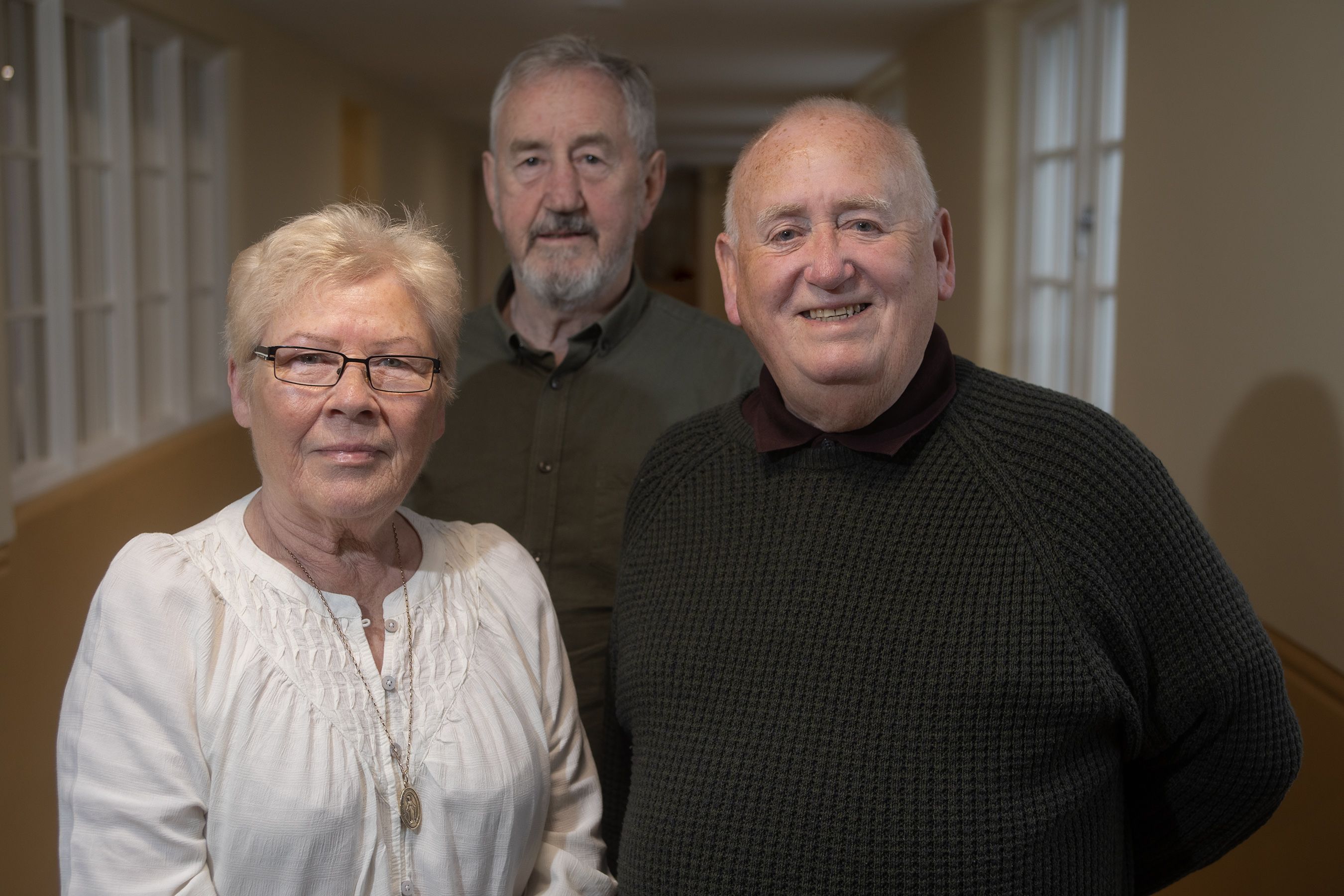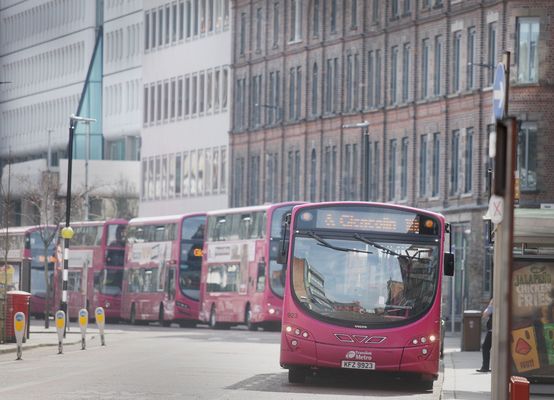NEXT Tuesday an event will take place to commemorate the dramatic events which took place 50 years ago during and following the burning of Long Kesh on 15 October 1974.
The event, which is being held at St Comgalls at 6pm will feature a discussion chaired by former republican prisoner Mickey Culbert and will feature in-depth interviews with former internees Fra McCann and Marie Cush, who will be speaking about their memories and experiences in an interview with Joe Austin.
Fra and Marie will be discussing the events which led up to the burning of the camp; the killing of Hugh Coney by British soldiers during a subsequent escape attempt; and the kidnapping of the governor of Armagh Women’s Gaol. The event will also feature a film and an exhibition of artefacts from the camp.
Recalling the burning of Long Kesh, Fra McCann said: “I was in Cage 5 at the very bottom of the camp in the internees' section. Long Kesh was split in two with the sentenced prisoners at the top end and the internees at the bottom.
“There had been a number of issues which were building up including the poor quality of the food and privileges such as the receiving of parcels which other prisoners were denied. These issues and also the poor treatment received from the screws and prison authorities led to the leadership beginning to talk about how to use the only weapon at their disposal, which was burning the camp.
“My memory of that night is we had all been waiting for something to happen but it almost happened out of the blue. We were watching a black and white television, a programme on the flight of the wildebeest and the doors flew open and we were told the camp was burning."
Fra continued: “Our objective was to make it to the top end of the camp but not all of us made it because we were penned in by the Brits and the screws and there was hand to hand fights between us and them. That went on for a number of hours and they then began herding us back towards the compound in Cage 4 and made us stand spread-eagled against the wire where we were beaten.
“CS Gas was fired at us and although we had been gassed many times before, CS Gas was very severe. They were also firing rubber bullets, one of which struck an older republican John Joe McGirl in the face. I remember Gerry Adams trying to help John Joe but you could see his face had been badly damaged.
“The gas totally immobilised you, your eyes were watering, the bile was coming out of your nose and mouth and you couldn’t see or get a breath.”
Marie Cush spoke about the dramatic kidnapping of the prison warden in Armagh Prison which took place in the aftermath of the burning of Long Kesh.
Marie said: "There were loads of women in the gaol who had loved ones in the Kesh and at the time my brother and father were in it," she recalls.
“Everyone was shouting and anxious about what had happened. I was the O/C on B-Wing and Eileen Hickey was the O/C over the whole gaol. A staff meeting was called with myself and another O/C Bernadette O'Hagan and anxiety was high. We decided we needed to do something and the only way we could get any information on what had happened at Long Kesh was if we took action ourselves."
ARMAGH GAOL: Marie Cush recalled that the women decided to take action after hearing the news of the burning of Long Kesh 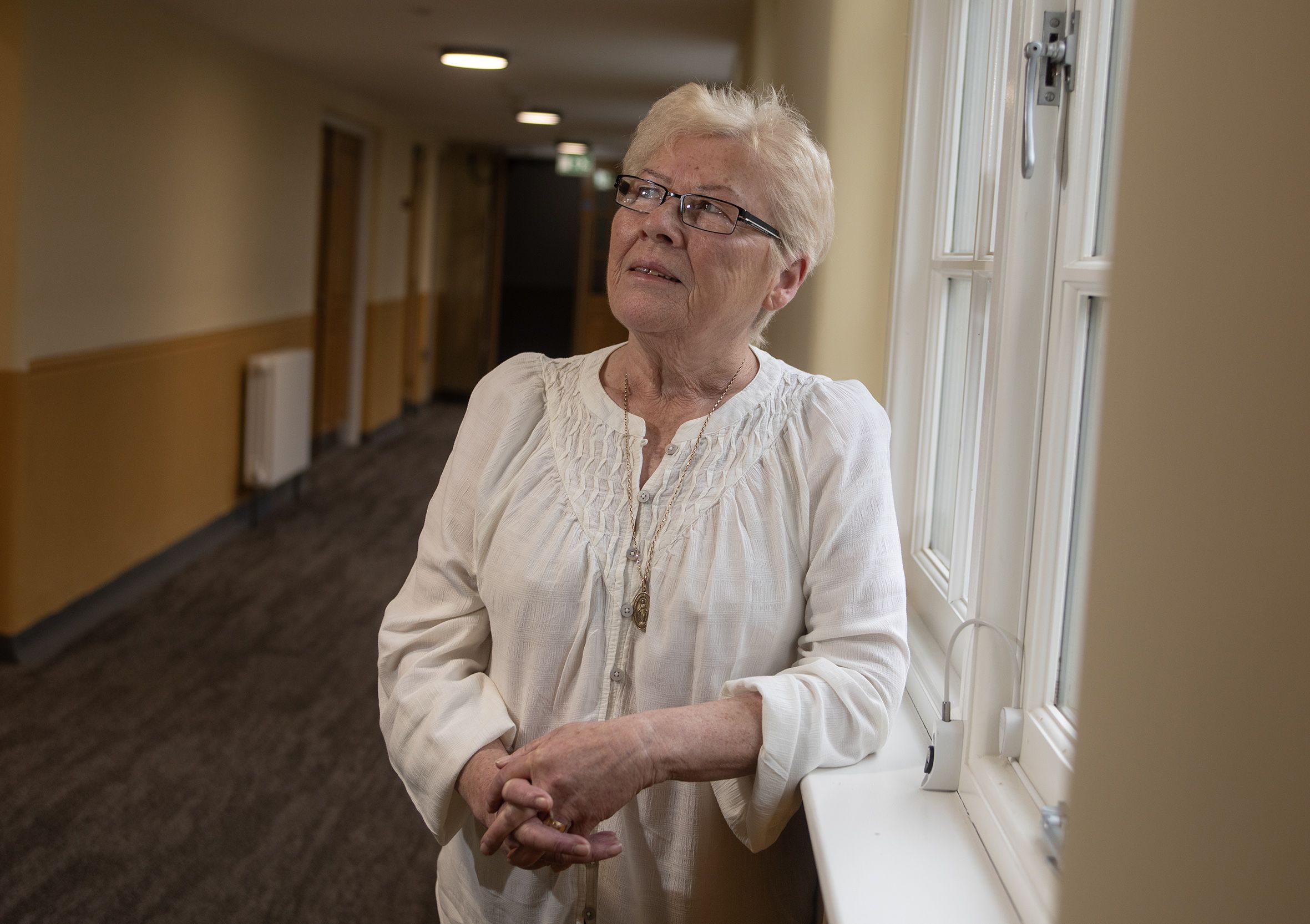
Marie continued: “We went out to drill in the morning as normal and later on when the governor came onto the wing everything kicked off. The biggest thing I remember is the noise and we overpowered the governor and two tradesmen who were there fixing some things.
"We put the governor and some of the screws into a cell and he said to Eileen Hickey, you can’t do this but she just said ‘well, here we are’ and he was told that we wanted information on what happened to our loved ones in the Kesh."
Joe Austin interviewing Fra McCann about the fire in Long Kesh and Marie Cush about events in Armagh Womens Prison 50 years ago. pic.twitter.com/LG83LvgJNV
— Gerry Adams (@GerryAdamsSF) October 7, 2024
Marie related how during the kidnapping, the republican women were joined on the protest by several loyalist women who also wanted news on Long Kesh as several loyalists were also interned in the camp.
Marie recalled: “At the time there were eight UDA and four UVF women in the gaol and Eileen Hickey asked them if they wanted to join the protest. The UVF prisoners didn’t join us but the UDA prisoners did and we repeated our demand for news on our loved ones.
“Word eventually reached outside and we hung banners outside the window saying the gaol had been wrecked and we had taken the governor and some screws and a priest, Fr Murray and a Minister were sent in. Fr Murray wanted us to come out because there were rumours the army would be moving in in force and he didn’t want us to get hurt. The Minister was trying to urge the UDA women to come down off the protest but we had barred the only way down on the stairs and they elected to stay with us."
LONG KESH: The remains of one of the compounds after the fire
Marie continued: “Eventually the governor spoke with those outside and he assured them he wasn’t being mistreated and there was no need to send the army in.
"It was eventually established we would get the information on our loved ones and Eileen Hickey also secured an undertaking that no-one would be punished or hurt in any way for the action we took and came out, but the gaol was wrecked and we were all starving and freezing.”
The final events surrounding the burning of Long Kesh which will be discussed in depth next week will be the dramatic escape attempt which occurred less than a month after the camp was torched and which also led to the tragic death of Hugh Coney.
Coney family welcome todays inquest findings into the death of Hugh Gerard Coney, shot dead whilst trying to escape from Long Kesh prison in 1974👇 pic.twitter.com/TmaVlwwMcQ
— Ó Muirigh Solicitors (@OMuirighSols) March 13, 2024
Recalling the escape attempt, Fra recalled some events which are often left out of the historical record until now, including the freezing and waterlogged conditions in which the escape tunnel was dug, right under the noses of the guards who were unaware a dramatic escape was being planned.
“When we were put back in our cages there was just nothing there, everything was burned, the big water tank had been pulled down and all your clothes were burned. We just had the clothes which were on our back. George Gillen was the the O/C for the internees and he issued the order: ‘Prepare for escape.’
“In our compound we had a bit of a reputation for tunnel digging and had already dug three or four and we knew the techniques. We used kitchen utensils, large spoons, dinner trays etc. We chose an old half-hut and there was a man there, Ned Maguire, who was a huge, strong man. He had hands like shovels. He used his strength to break through the concrete and we began tunnelling through from there.
"We began digging towards the outside of the camp towards the M1 motorway and we used corrugated iron to hold up the tunnel inside to prevent collapses."
CONDITIONS: After the burning prisoners and internees lived in makeshift huts and dug a tunnel out of one of them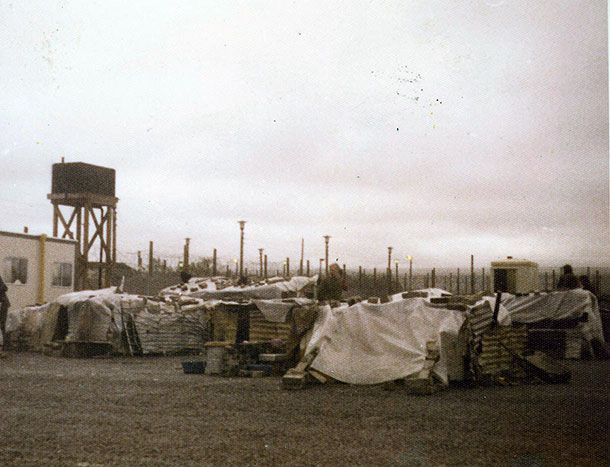
Recalling the conditions Fra said the tunnel would frequently flood but it was a risk the internees were prepared to take in their bid for escape.
“The deeper you get, the more difficult it gets and as November rolled around we had serious problems with the tunnel flooding with rain which needed to be bailed out constantly. There were a number of collapses and men had to be dug out but we kept on but it was constantly dark.
“Another O/C, Paddy Joe Rice, convinced the screws we needed wire and bulbs to rig up some lights to stop the men falling in the dark as there were no lights left in the camp for us to see at night and he talked them into giving us 200 foot of wire, switches, bulbs and of course they had no idea that we were using it to rig up lighting down in the tunnel.
“We had joiners and electricians in with us who helped us wire the whole thing up. There was a part of the tunnel that would continuously flood and we couldn’t crack how to fix it. So for that bit you just had to submerse yourself in the water and pull yourself through to get to the other end.
“On 6 November we put the plan in motion to begin the escape, we escaped in teams allowing 15 minutes in between. When we went through the tunnel it was flooded again so we had to go under and pull ourselves along for 12 foot or so.
"Coming out, we were between two observation posts and we had to crawl across the road which the Brits patrolled and down into a ditch. When we got into the ditch the first squad were still in the ditch and I remember we all hugged before crawling for ages and there was barbed wire.”
British Army brutality of republican prisoners after the burning of Long Kesh prison October 1974 pic.twitter.com/Y532T3g6ZI
— Paul Butler (@PolDeBuitleir) November 22, 2023
Fra next described the most tragic event of the escape, which was the murder of Volunteer Hugh Coney. Fra recalled the events and said the escapees were almost out of land owned by the MOD and to freedom when Hugh was shot.
“We got to a farmer's field and were getting through barbed war, we just needed to get through that to the field and away and I just heard two shots. I was next to Hugh Coney when he was shot dead. What had happened was some escapees behind us were working their way across the patrol road and into the ditch when soldiers in a British jeep saw someone's feet."
ESCAPE: A picture of the hole which internees escaped out of, taken by the British in November 1974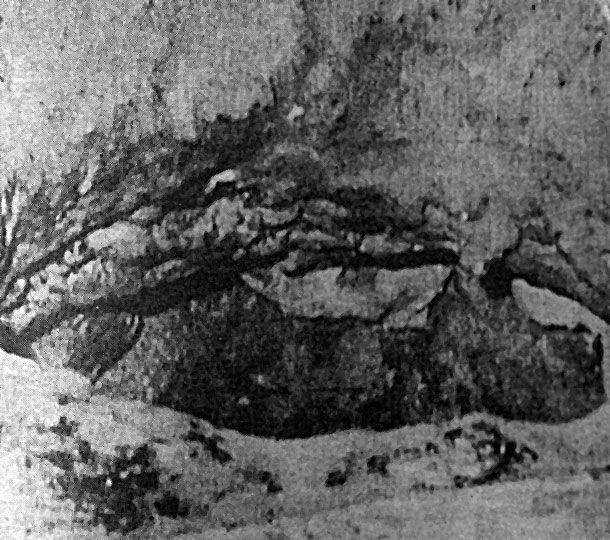
Fra recalled that once the escape attempt was foiled and Hugh Coney shot dead, the guards attacked them with dogs.
“We were in a state of shock, the Brits were running about everywhere, screaming at us and more came. We were forced to lie on the ground but Hugh never got up. Folks were screaming for a doctor for Hugh.
“More Brits arrived and we were being beaten, lying spread-eagled and a big Scottish soldier who was a dog handler with the hairiest Alsation I’d ever seen kept letting it go to bite us. They threw us into a van after punching and beating us and they put dogs in the back of the van with us.
“We could hear men being beaten everywhere and screaming. Some men did manage to escape further, some got as far as Hillsborough and Jimmy Walsh, Ned Maguire and Gerry Rice had hid in the stream for 24 hours and only got arrested within minutes of Twinbrook. The helicopters were combing the fields looking for them and those men almost got away.”
Speaking on the upcoming event, Mickey Culbert said: “The recent inquest came out and it said Hugh Coney was shot without warning and two shots were fired. Hugh was unarmed when he was shot and was also lying on the ground with his arms out in front of him.
“We want to commemorate the massive event that it was and the awfulness of Hugh being shot dead whilst trying to escape from internment. Internment was legalised by the British government who had used it since the early 1900s in South Africa, it was a colonial policy to pacify people. We want to commemorate the burning of the camp and the amazing escape attempt, under-the-noses of the British Empire, and also the murder of Hugh.
“We will be remembering the stories of the people and the ingenuity of the people with a number of talks and the event will also feature an exhibition and a film concerning the events.”

